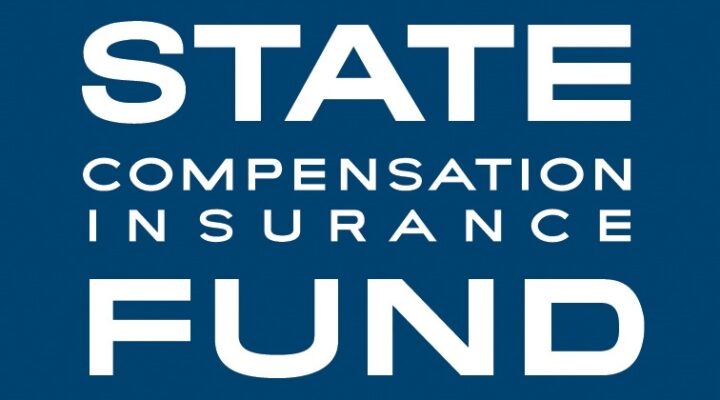There is some irony to the fact that Operating Room Personnel, who help repair and treat patients with workers’ compensation injuries, are at risk of work injuries in doing so. Operating Room Personnel perform vital services in our society’s medical delivery system. Their hard work is appreciated by all. The Operating Room, however, is a difficult place to work.
This article will discuss Operating Room Personnel, the mechanisms of injury that occur as a result of the Operating Room, and the various musculoskeletal injuries that Operating Room Personnel are at risk for sustaining.
Who Are Operating Room Personnel?
Operating Room Personnel include Surgeons, Nurses, Scrub Nurses and Surgical Technicians.
What are the Mechanisms of Injury for Operating Room Personnel?
There are a variety of mechanisms of injury for Operating Room Personnel. These mechanisms include manipulation, standing and static stress.
What is Manipulation?
“Manual activities are another risk factor for work-related physical activity among operating room personnel. Manual activities mean the manual movement and transfer of surgical instruments and devices that require special attention. Pulling, pushing or lifting surgical instruments, heavy and specialized surgical equipment and patient displacement are the most common manual activities of operating room personnel.” J Multidiscip Healthc. 2020; 13: 735–741. Published online 2020 Jul 31. doi: 10.2147/JMDH.S259245 PMCID: PMC7402850 PMID: 32801736 A Multidisciplinary Focus Review of Musculoskeletal Disorders Among Operating Room Personnel Reza Tavakkol, Ashkan Karimi, Soheil Hassanipour, Ali Gharahzadeh, and Reza Fayzi.
Some of the problems with respect to manipulation is that some of these activities may not be performed in an ergonomic fashion. Supra.
One study found the abnormal posture with respect to nurses. The study noted that “in most cases nurses were at high risk level and needed urgent and prompt change in their working posture.” Health Promot Perspect. 2016; 6(1): 17–22. Published online 2016 Mar 31. doi: 10.15171/hpp.2016.03 PMCID: PMC4847110 PMID: 27123432 Working posture and its predictors in hospital operating room nurses Farahnaz Abdollahzade, Fariba Mohammadi, Iman Dianat, Elnaz Asghari, Mohammad Asghari-Jafarabadi, and Zahra Sokhanvar.
What is “Standing?”
“[T]the team members are in a standing position throughout the surgery.25,26 Standing up for a long time is one of the most important risk factors for musculoskeletal disorders.27 Andersen et al found that prolonged standing may increase back pain and leg pain J Multidiscip Healthc. 2020; 13: 735–741. Published online 2020 Jul 31. doi: 10.2147/JMDH.S259245 PMCID: PMC7402850 PMID: 32801736 A Multidisciplinary Focus Review of Musculoskeletal Disorders Among Operating Room Personnel Reza Tavakkol, Ashkan Karimi, Soheil Hassanipour, Ali Gharahzadeh, and Reza Fayzi.
What Is “Static Stress?”
“Static stress is one of the risk factors that cause musculoskeletal disorders in operating room personnel. Static stress includes activities such as prolonged standing and constant physical posture during surgery and holding equipment such as retractors during surgery.” J Multidiscip Healthc. 2020; 13: 735–741. Published online 2020 Jul 31. doi: 10.2147/JMDH.S259245 PMCID: PMC7402850 PMID: 32801736 A Multidisciplinary Focus Review of Musculoskeletal Disorders Among Operating Room Personnel Reza Tavakkol, Ashkan Karimi, Soheil Hassanipour, Ali Gharahzadeh, and Reza Fayzi.
What Body Parts that Can Be Injured by Operating Room Work?
Practically every orthopedic body part is susceptible for injury in the Operating Room. “Operating room personnel are most affected by musculoskeletal pain (58–90%) due to difficult working conditions.20 Musculoskeletal disorders can occur in different parts of the body. The most common areas of involvement include the neck, shoulder, elbows, wrists, and hands, upper and lower back, hip and thighs, knees, ankles, and feet. Among the musculoskeletal disorders, low back pain has the highest prevalence.” Supra.
What If I Need Legal Advice?
If you would like a free consultation concerning any workers’ compensation case, please contact the Law Offices of Edward J. Singer, a Professional Law Corporation. They have been helping people in Central and Southern California deal with their worker’s compensation cases for 28 years. Contact us today for more information.




